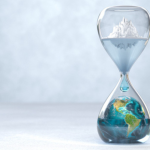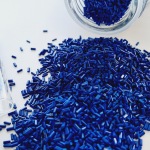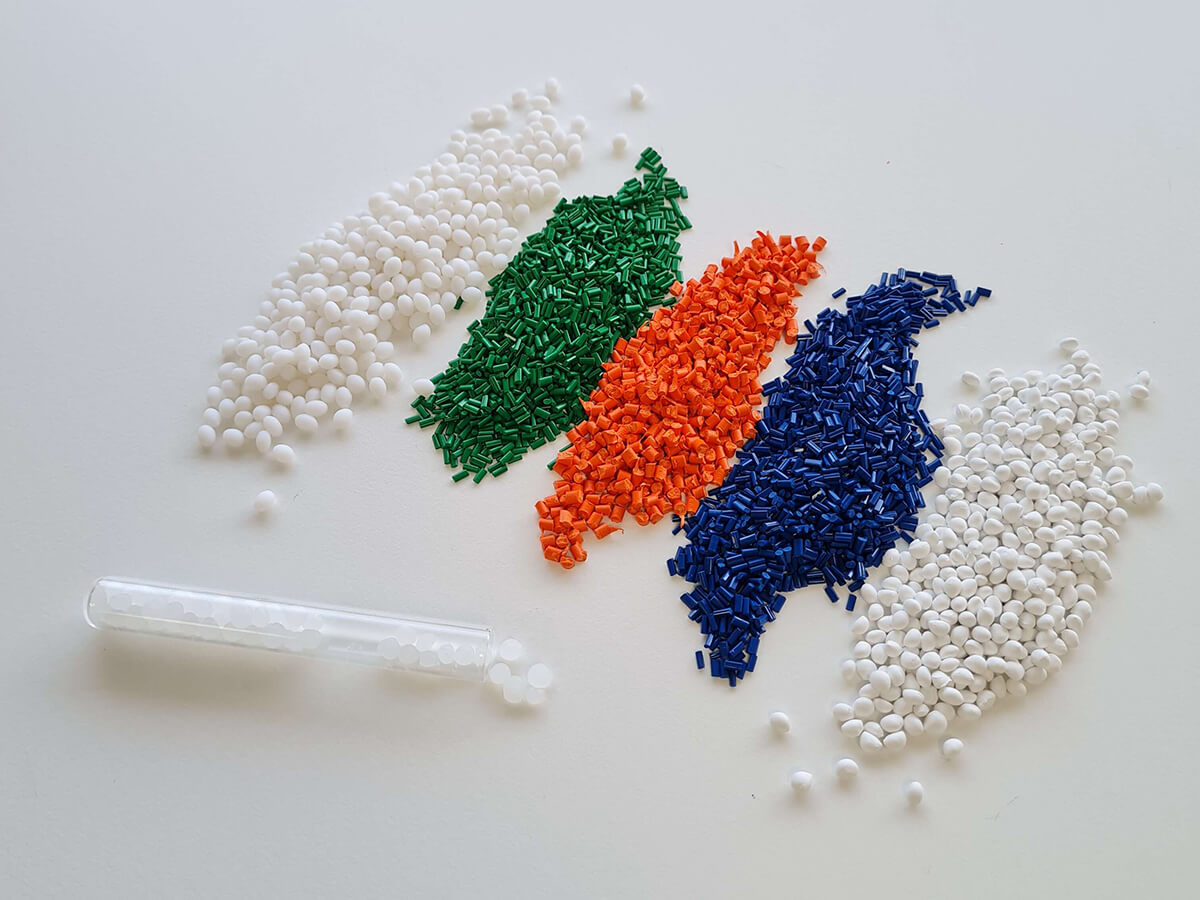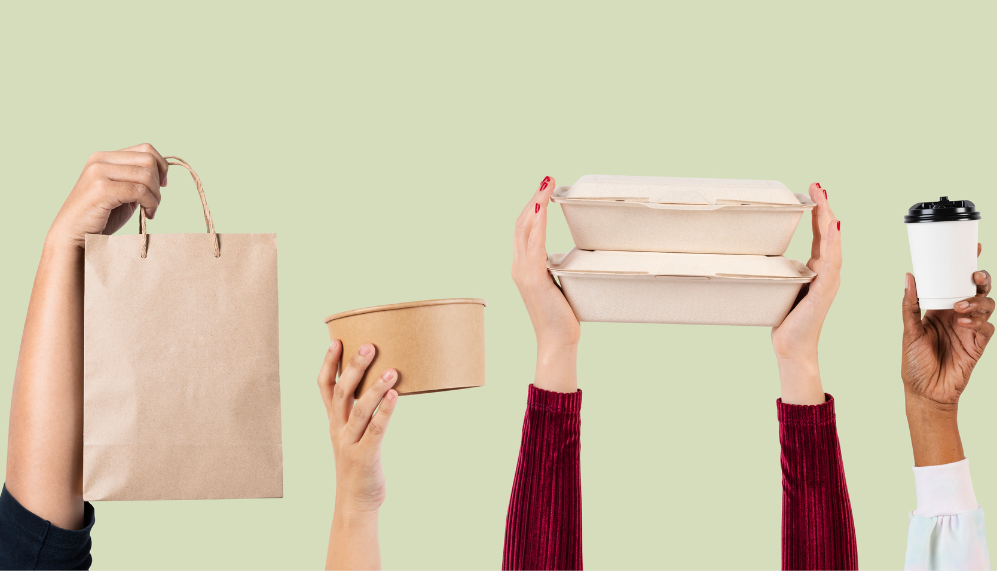
Differences among recyclable, biodegradable or compostable plastic
Recyclable, biodegradable or compostable? These terms have generated a lot of confusion in recent times and there are many differences between them.
In recent decades, plastic has been abused and used indiscriminately for many applications due to its many advantages: price, ease of transport, food safety…
As we well know, this caused a wave of serious consequences on the environment, so terms such as “recyclable”, “biodegradable” and “compostable” have appeared, which need to be explained.
In today’s post, we cover the differences between these three types of plastics. It is necessary for society to be aware of what each of these three terms means, to distinguish them and to know their differences in order to manage waste properly.
So why are so few plastics actually recycled? Let’s take a look at some of the drawbacks of recycling:
- Mixtures of materials make it difficult to separate them correctly. Not only between different types of plastic but also between other materials such as aluminium, paper or cardboard.
- Each recycling process reduces the quality of the material. The recycling life cycle does not last forever.
- It is cheaper to manufacture products from virgin plastic materials than to make use of recycling.
- There are many products with limited recyclability: they are too small in size, they are stained with organic matter, they are multilayer containers…
In other words, we can say that plastics are recyclable. However, about 30% of the packaging that ends up in the yellow garbage can is recycled. This means that there is still a long way to go to reach a correct recyclability of plastic products.
“Recyclable” and “recycled” do not mean the same thing
- Recyclable: material that can be reused for the manufacture of another product. In other words, it has the potential to be recycled.
- Recycled: material that has already been used in the past for the same or another purpose in another product.
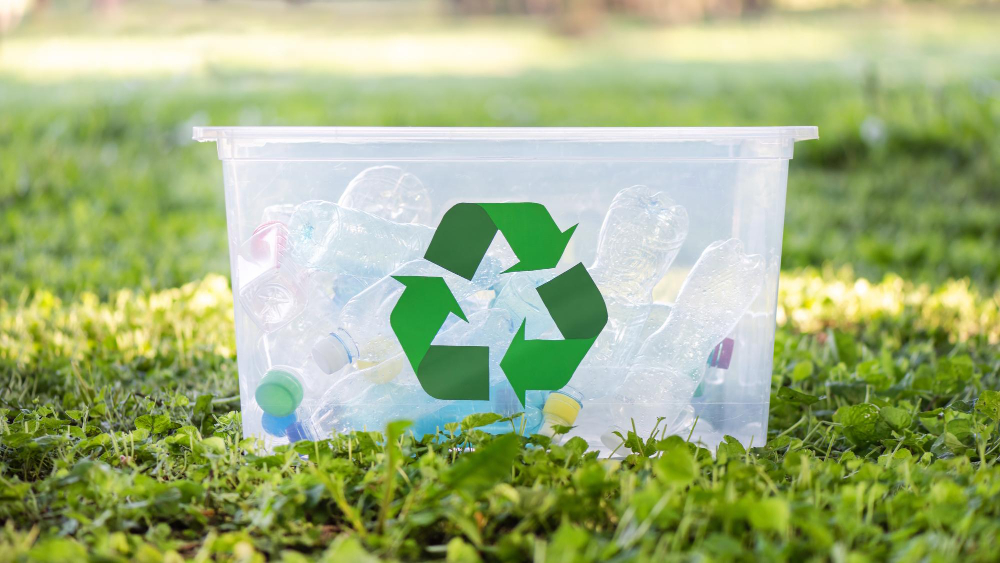
Biodegradable plastic
Biodegradable plastics are those that are capable of degrading through the action of microorganisms found in the environment. However, the microorganisms that carry out this process differ from the biodegradation environment in which the material is found.
On the other hand, the message “biodegradable” is often spread under no certification. This means that all the materials eventually biodegrade, even if it takes hundreds or thousands of years. As a consequence, Belgium has introduced a law stating that products must not be labelled as “biodegradable” as this can lead to confusion and littering.
Los plásticos biodegradables son aquellos que son capaces de degradarse gracias a la acción de microorganismos que encontramos en el medio ambiente. No obstante, los microorganismos que llevan a cabo este proceso difieren del entorno de biodegradación en el que se encuentre el material.
To avoid this, TUV Austria (which has shown its support for this legislation) performs a certification that is able to specify the appropriate biodegradation environment thanks to its stamps. “In order to avoid any misleading communication, the Certification Committee analyzes each application to verify whether the product certification is acceptable”, states the international organization.
Ok Biodegradable Marine
This seal is very useful because much of the waste we generate on land ends up in the sea. So, regardless of where it is consumed, there is a possibility that it will end up in the environment, which is why marine biodegradability is an added value.
Ok Biodegradable Soil
These materials are very beneficial for agricultural products, as once used they do not need to be collected and decompose in situ. It is important to note that the Ok Biodegradable Soil Certification does not leave residues or contaminated ground.
Ok Biodegradable Water
Certifies the degradation of the material in fresh water. It does not guarantee degradation in marine waters or vice versa. It contributes substantially to the reduction of residues in any natural freshwater environment without causing contamination.
Compostable plastic
Materials that degrade into compost, CO2 and water through the action of microorganisms found in the environment are referred to as compostable.
So what is the difference between “biodegradable” and compostable? Biodegrades degrade in the environment (salt water, water and soil). Compostables generate compost and degrade in industrial composting plants or backyard composters.
Compostable plastics are also Ok Compost certified by TUV Austria and are based on those materials that meet the compostability requirements of EN 13432.
Recommended reading: What is the composting process?
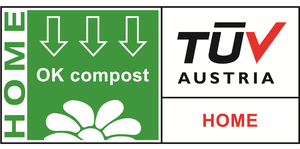
Which of these solutions should companies opt for?
Definitely, it will be the utility and the environment of use the product that will determine which is the best option between recyclable, biodegradable and compostable. For example, for a product to be used in the sea (such as fishing nets), ideally it should be a biodegradable product in salt water.
The same is true in agriculture for films. They should not be removed after the relevant period of time has elapsed.
On the other hand, compostables are really useful for those products that are in contact with other organic waste, since these materials must be deposited in the brown garbage bin. A clear example can be coffee capsules, organic garbage bags, and containers of fresh products such as juices or prepared food. This way, food and packaging waste is disposed of in the same container.
Finally, the availability of materials will also affect the determination of which sustainable material to choose as these sustainable solutions are often not easily accessible or have not yet been developed to be able to replace plastic at an industrial level.
How to start using more sustainable materials?
Given the difficulties of recycling and finding biodegradable materials that meet the requirements of the different applications for which plastic has been used, Prime Biopolymers has developed grades of compostable bioplastic both in industrial plants and in garden composters that we adapt to each of our customers and for different types of industry and sectors.
As a result, mass production at industrial level is not a utopia and companies can carry out a more sustainable production.




